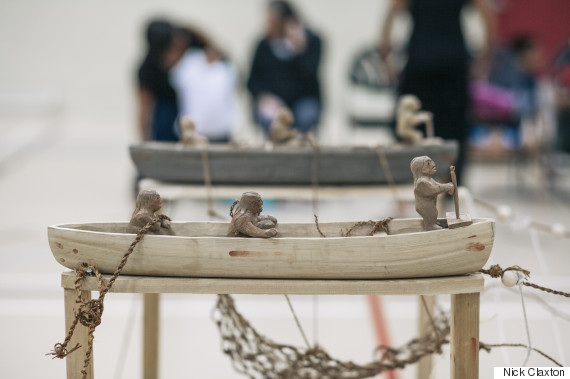

And without the kina being eaten, they just absolutely proliferate and go crazy and mow down all the kelp forests."įield said Te Tai Tokerau had large patches of "kina barrens". If you've got really low abundance, they all pretty much get caught the minute they're illegal, and so you don't get the really big ones. "That means that they're mostly really small. She has been closely involved in the Te Tai Tokerau Environment Court case, and said in particular, she had been concerned about "a very low abundance of crayfish and snapper".įish Forever's Karen Field has been concerned about low numbers of crayfish (file photo). And as the years unfold, we'll see that abundance return." Karen Field - a committee member for the environmental group Fish Forever - told RNZ: "The rocky reefs around Northland and here in the Bay of Islands, they should be heaving with fish, they should be teeming with fish. It used the precedents established in the Bay of Plenty, which ruled that regional councils can protect significant native biodiversity in the sea out to 12 nautical miles.

The case challenged the Northland Regional Council's Regional Plan, which did not include fishing controls, and was first publicly notified in 2017. Conservationists who helped mana whenua push for new 'no-take' zones in Northland waters are optimistic fishers will stick to new rules.Īn Environment Court ruling in November supported a ten-year rāhui around Mimiwhangata Peninsula, as well as Deepwater Cove and Oke Bay in the Bay of Islands.Īnother court decision finalising rāhui details was expected in February.


 0 kommentar(er)
0 kommentar(er)
